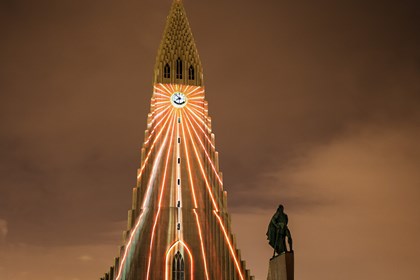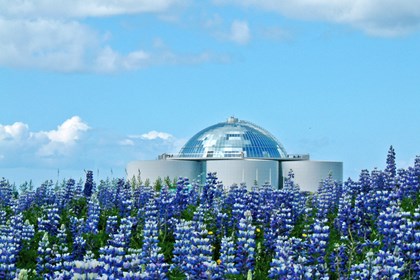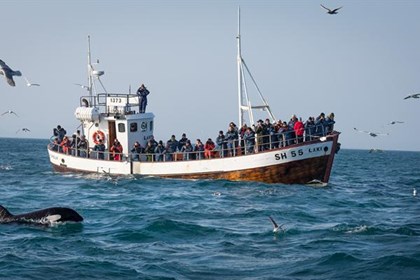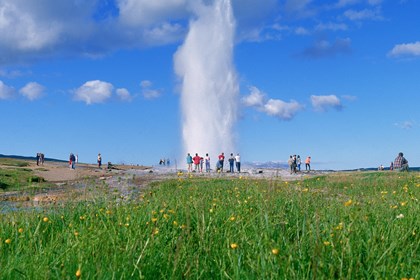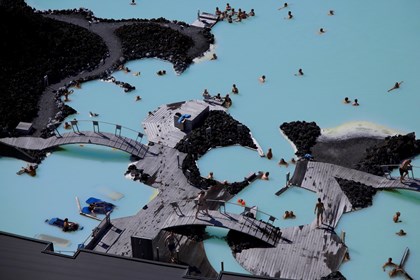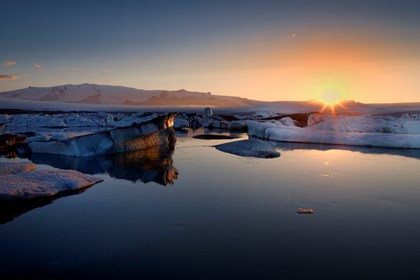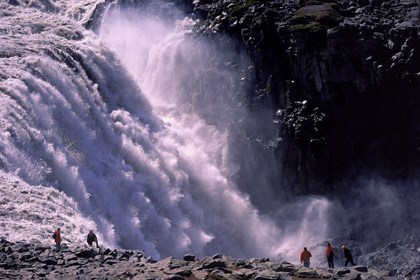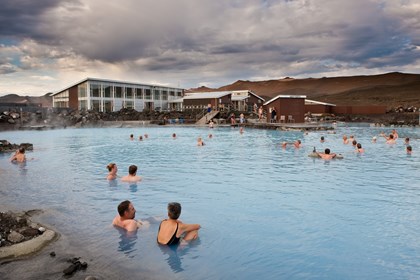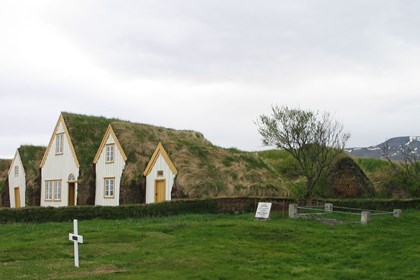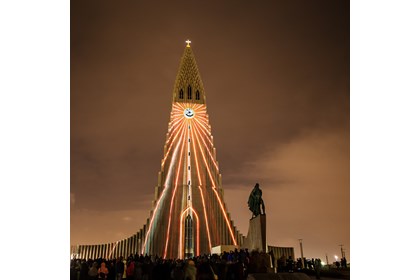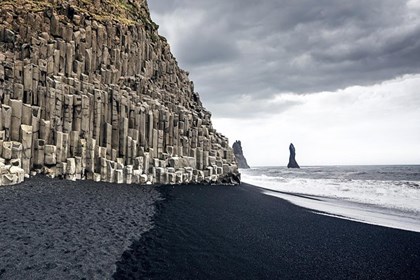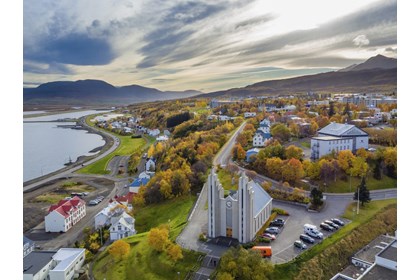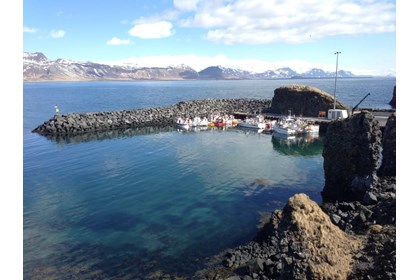a few words about Iceland
Iceland, officially the Republic of Iceland, is an island located in the North Atlantic Ocean, just south of the Arctic Circle, between mainland Europe and Greenland. It has a population of about 320,000 and a total area of 103,000 km² which is about 1/3 larger than Scotland or Ireland. Its capital and largest city is Reykjavík. The highest peak, Hvannadalshnjúkur, rises to 2,119 m and over 11 per cent of the country is covered by glaciers, including Vatnajokull, the largest in Europe. The highland interior is uninhabited (and uninhabitable), and most centers of population are situated on the coast.
Unlike neighboring Greenland, Iceland is considered to be a part of Europe, not of North America, though geologically the island belongs to both continents. Because of cultural, economic and linguistic similarities, Iceland in many contexts is also included in Scandinavia.
Iceland is mainly famous for the spectacular nature, the magnificent geysers, waterfalls, volcanoes, glaciers and hot springs such as the Blue Lagoon. However, there are also many activities one can do in Iceland, such as whale watching, snow-mobiling on the glacier, bird watching, horse riding. Due to the location, visitors will enjoy the midnight sun during the summer and the chances for catching a glimpse of the beautiful Aurora Borealis in the winter are very good.
A geologically young land, Iceland is located on both the Iceland hotspot and the Mid-Atlantic Ridge, which runs right through it and also defines the landscape. This combined location means that geologically the island is extremely active, having many volcanoes, of which is most well-known is Hekla. Iceland is one of two places on Earth where a mid-ocean ridge rises above sea level, making it an easily accessible site to study the geology of such a ridge. The interior mainly consists of a plateau characterized by sand fields, mountains and glaciers, while many big glacial rivers flow to the sea through the lowlands. Warmed by the Gulf Stream, Iceland has a temperate climate relative to its latitude and provides a habitable environment and nature.
The climate of Iceland's coast is sub polar oceanic. The warm North Atlantic Current ensures generally higher annual temperatures than in most places of similar latitude in the world. Despite its proximity to the Arctic, the island's coasts remain ice-free through the winter. There are some variations in the climate between different parts of the island. Very generally speaking, the south coast is warmer, wetter and windier than the north. Low-lying inland areas in the north are the driest. Snowfall in winter is more common in the north than the south. The Central Highlands are the coldest part of the country.
